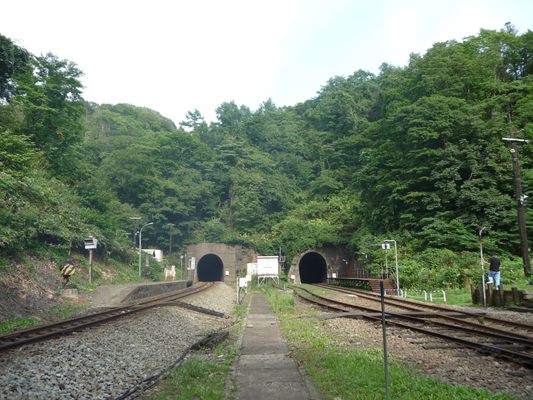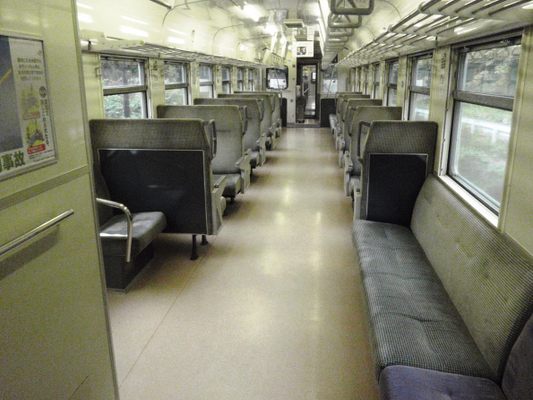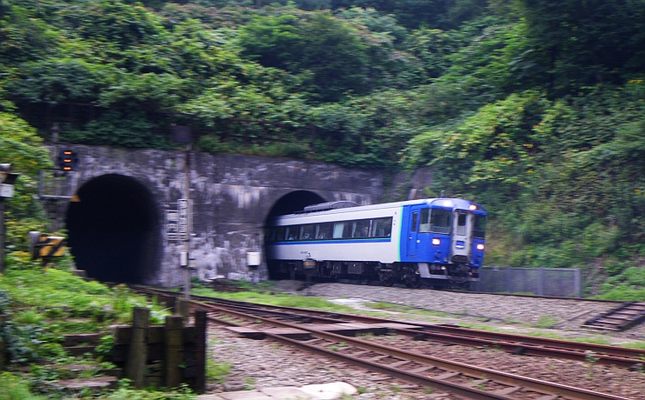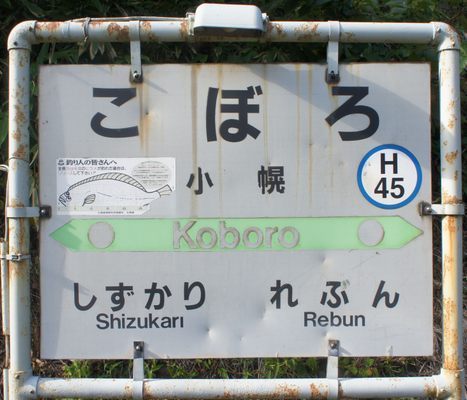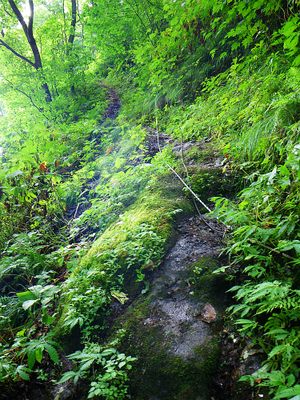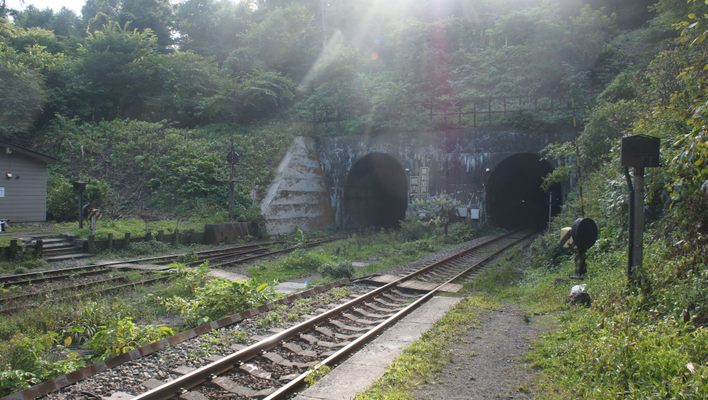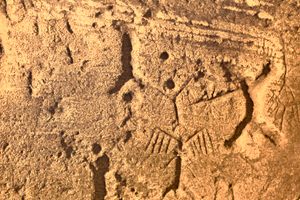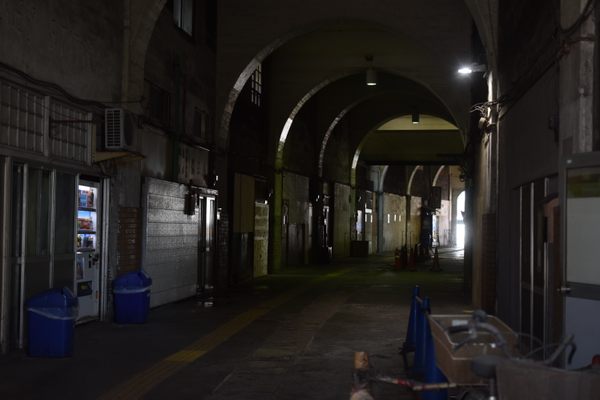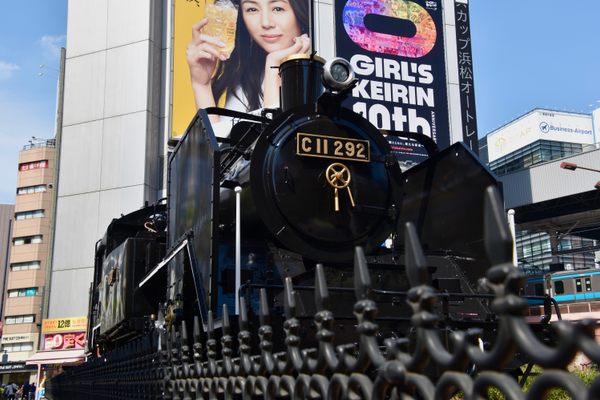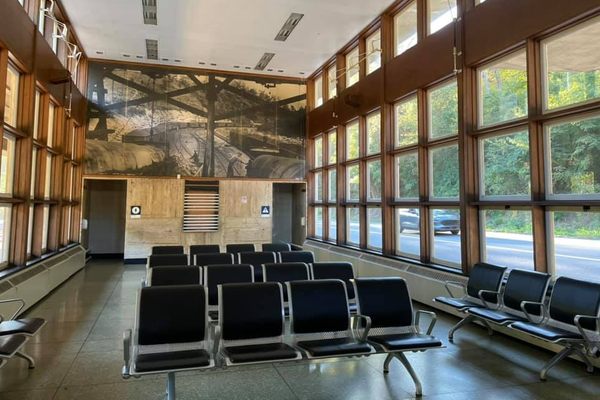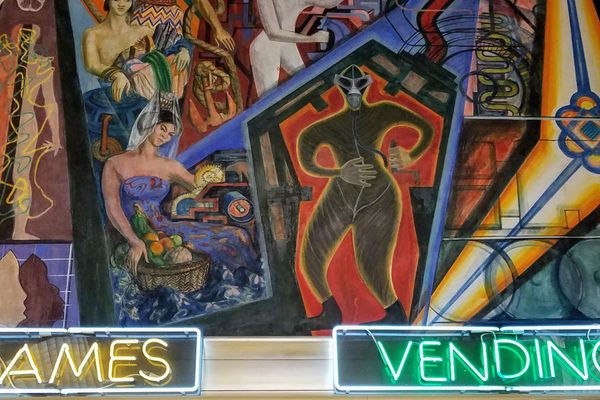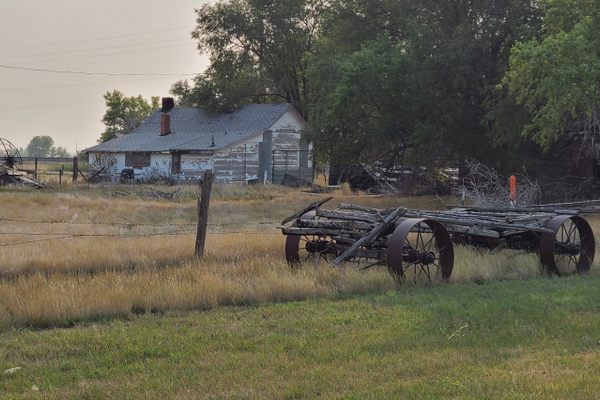About
There are several secluded stations across Japan known as hikyō-eki, which are often located in remote mountainous areas. The term was popularized in the 1990s by Takanobu Ushiyama, a well-known railfan who wrote numerous books about his train travels, resulting in a boom in tourism to such stations.
According to Ushiyama's ranking, the most notable hikyō-eki in Japan is Koboro Station in Hokkaido, located within an 87 yard-long space between two tunnels. Three of its corners are steep wooded cliffs and the other is facing the Uchiura Bay, and since there is no road nearby, it's almost inaccessible unless by train (or by ship, for that matter). The beach below is also difficult to reach: the only way to get there is by taking the wild, hardly-maintained path down the hill.
Originally, Koboro Station opened in 1943—during the heat of the Pacific War—as a signal station for steam locomotives transporting munitions. While passengers were welcome to hop on the trains, it was not until 1987 that the station was officially promoted to the status of a railroad station, well after it became unattended.
The station handles around five passengers a day today, most of them either train enthusiasts or local fishers. Although it seems quite lonely these days, the area used to be a bit more popular in the 1960s, when there were a seaside resort and a campground on the beach below. There was also a small settlement on the beach until the mid-1970s, but no one lives near the station anymore.
The Hokkaido Railway Company, the prefectural branch of the JR Group, considered closing Koboro Station in 2015, to the objection of the local community. The town of Toyoura, to which Koboro Station belongs, agreed to fund the station's maintenance to keep it as a tourist attraction.
While the survival of Koboro Station is not yet promised, the decision to promote it as a tourist destination was rather successful, having brought in a fair number of visitors to this secluded station in the middle of nowhere.
Related Tags
Know Before You Go
Accessible by Muroran Main Line, but note that the train only stops here six times a day. Be very careful (and maybe bring some hiking gear) if you decide to go down to the beach, as the trail is steep, narrow, and pretty much unmaintained, making it difficult to climb back to the station.
Another attraction here is the Iwaya Kannon, a Buddhist cave reportedly carved during the 17th century, located along the mountain path.
Hidden Japan: Sado Island, Nara & Kyoto
Explore a different side of Japan.
Book NowCommunity Contributors
Added By
Published
February 17, 2021
